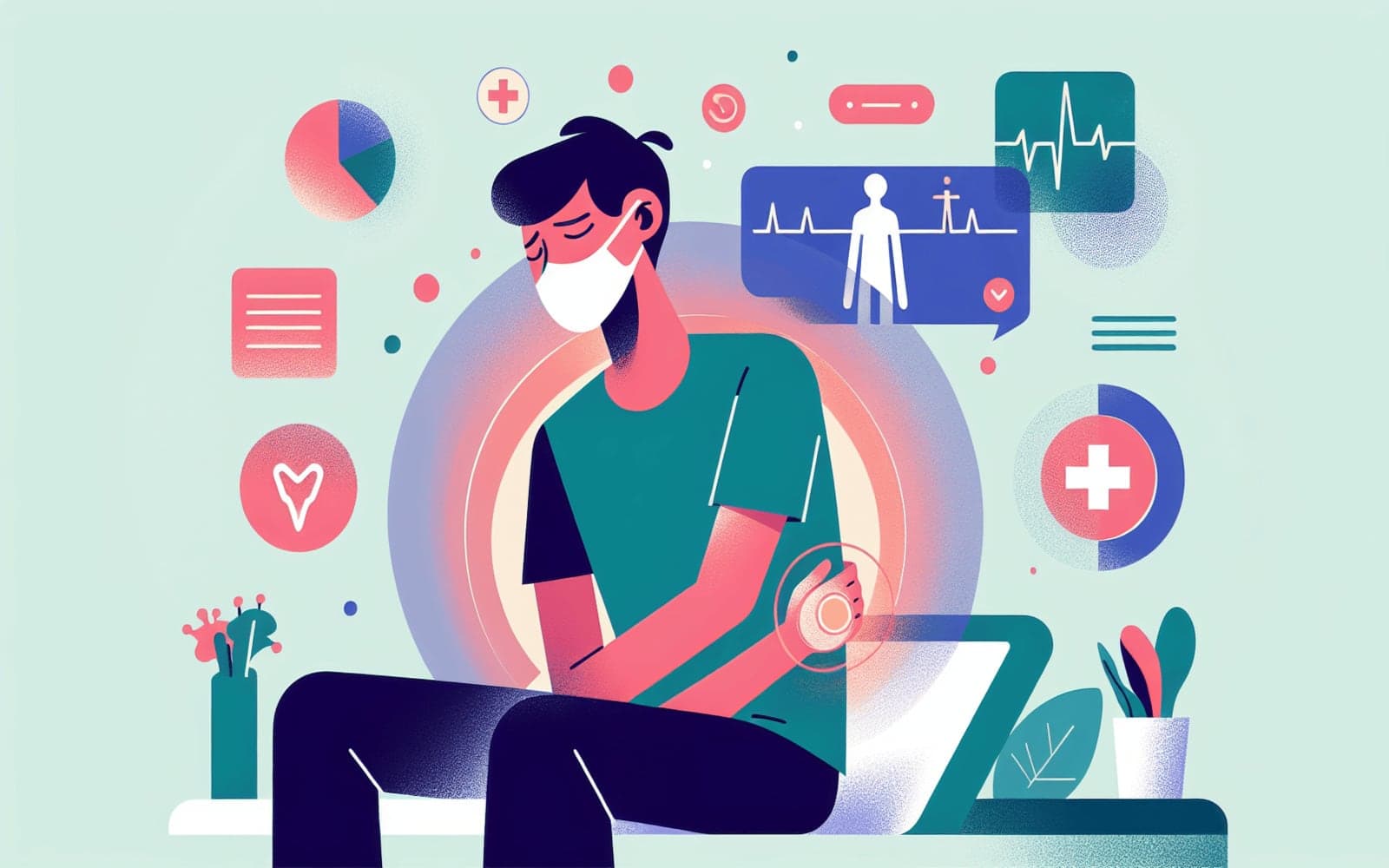Is Your Teenager's Back Pain More Than Just Growing Pains?
Published: Nov 02, 2023
Spondylolysis and spondylolisthesis are common causes of back pain in young athletes and can impact their sports participation. Understanding these conditions can help in managing them effectively.
Contents
Understanding Spondylolysis
Spondylolysis typically involves a stress fracture in the lower spine due to overuse, especially common in athletes. It usually manifests as persistent lower back pain that gets worse with activity. Most cases improve with rest and careful management, avoiding unnecessary aggressive treatments.
What is Spondylolisthesis?
Spondylolisthesis occurs when a vertebra shifts forward over another, often due to a defect in the spine. This condition is less common but can lead to more severe symptoms, including nerve pain. Early detection and management are crucial to prevent progression.

Signs to Watch Out For
Symptoms of these spinal conditions include back pain that persists despite rest, pain that worsens with extension, and, in severe cases, nerve-related symptoms. If your child shows any of these signs, consult a healthcare provider promptly.
Frequently Asked Questions
It's a stress fracture in the spine commonly due to overuse.
It involves vertebrae slipping forward due to spinal defects.
Persistent back pain, especially during or after activity.
Most cases improve with rest and proper management.
The Bottom Line
Recognizing and addressing these back issues early can prevent long-term complications.
References
- Miller R, Beck NA, Sampson NR, et al. Imaging modalities for low back pain in children: a review of spondylolysis and undiagnosed mechanical back pain. J Pediatr Orthop 2013; 33:282.
- Bouras T, Korovessis P. Management of spondylolysis and low-grade spondylolisthesis in fine athletes. A comprehensive review. Eur J Orthop Surg Traumatol 2015; 25 Suppl 1:167.
This article has been reviewed for accuracy by one of the licensed medical doctors working for Doctronic. Always discuss health information with your healthcare provider.
AI Doctor Visit Required
Appointments available 24/7
15-min consultation. No hidden costs.
AI Doctor Visit Required
For safety reasons we have been forced to end this consultation.
If you believe this is a medical emergency please call 911 or your local emergency services immediately.
If you are experiencing emotional distress, please call the the Suicide & Crisis Lifeline at 988 or your local crisis services immediately.
Contact us
You can also email us at help@doctronic.ai
We aim to reply within 5-7 days
How likely are you to recommend Doctronic to friends or family?


